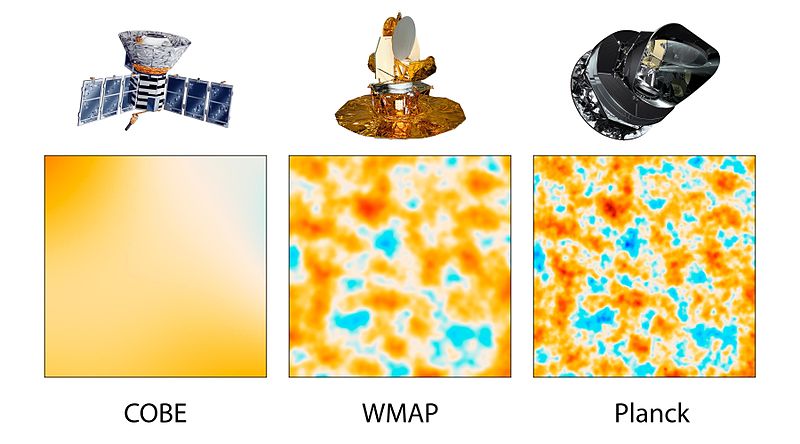Berkas:PIA16874-CobeWmapPlanckComparison-20130321.jpg

Ukuran pratayang ini: 800 × 444 piksel. Resolusi lainnya: 320 × 178 piksel | 640 × 356 piksel | 1.024 × 569 piksel | 1.280 × 711 piksel | 3.600 × 2.000 piksel.
Ukuran asli (3.600 × 2.000 piksel, ukuran berkas: 429 KB, tipe MIME: image/jpeg)
Riwayat berkas
Klik pada tanggal/waktu untuk melihat berkas ini pada saat tersebut.
| Tanggal/Waktu | Miniatur | Dimensi | Pengguna | Komentar | |
|---|---|---|---|---|---|
| terkini | 23 Maret 2013 00.48 |  | 3.600 × 2.000 (429 KB) | Nagualdesign | White background. I tried to upload this as a derivative file but Derivative FX kept hanging. (IE9 user.) |
| 22 Maret 2013 02.31 |  | 3.600 × 2.000 (421 KB) | Drbogdan | User created page with UploadWizard |
Penggunaan berkas
Halaman berikut menggunakan berkas ini:
Penggunaan berkas global
Wiki lain berikut menggunakan berkas ini:
- Penggunaan pada ar.wikipedia.org
- Penggunaan pada de.wikipedia.org
- Penggunaan pada el.wikipedia.org
- Penggunaan pada en.wikipedia.org
- Penggunaan pada es.wikipedia.org
- Penggunaan pada eu.wikipedia.org
- Penggunaan pada fi.wikipedia.org
- Penggunaan pada fr.wikipedia.org
- Penggunaan pada he.wikipedia.org
- Penggunaan pada ig.wikipedia.org
- Penggunaan pada it.wikipedia.org
- Penggunaan pada ko.wikipedia.org
- Penggunaan pada nl.wikipedia.org
- Penggunaan pada pl.wikipedia.org
- Penggunaan pada pt.wikipedia.org
- Penggunaan pada ru.wikipedia.org
- Penggunaan pada ru.wikinews.org
- Penggunaan pada sl.wikipedia.org
- Penggunaan pada sr.wikipedia.org
- Penggunaan pada sv.wikipedia.org
- Penggunaan pada uk.wikipedia.org
- Penggunaan pada vi.wikipedia.org
- Penggunaan pada zh.wikipedia.org


